The Vikings were warriors, explorers, raiders, pirates, colonizers and traders. But were they spiritual? Did they believe in The Supreme Being? If yes, what religion did they follow? Let’s find out more about Norse mythology and Viking spirituality.
The Vikings took over Europe and many other regions during the 9th-11th century. However, their spiritual beliefs are still somewhat shrouded in mystery. With the recent popularity of Thor in the Marvel Cinematic Universe and the Vikings TV show, more and more people are now getting interested in Thor norse mythology and the spiritual beliefs of the vikings. But still only little is known about their origins and legends.
Today we dive deep into Norse mythology to find out more about “Were Vikings spiritual?”
Norse spirituality
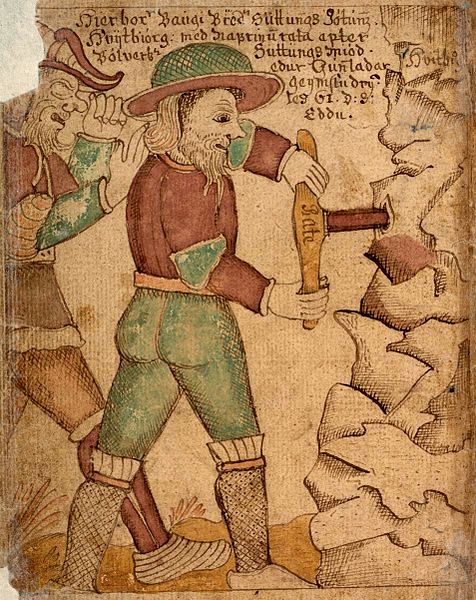
Spirituality was a vital part of life of the ancient Nordic people. Spirituality was inherent in every aspect of life, from birth to death. During the viking age, Scandinavians believed that our spirit was connected with the spirit of nature and everything else around us.
Regardless, Norse Mythology, which was pregnant with sacred stories, interpretations of dreams, history, culture and customs, played a crucial role in Viking spirituality. According to ancient Norse spirituality, we are all connected with the universe both physically and spiritually.
Related: 4 Most Powerful Celtic Mandala Symbols and Their Hidden Meanings
Norse spirituality was practiced in several distinct ways such as –
1. Utesitting: An ancient ritual that involved sitting outside in nature to strengthen the spirit and attain wisdom. It was similar to meditating in nature.
2. Galdr: An ancient practice of magic, sorcery, witchcraft and shamanic chanting performed along with specific rites and rituals for protection.
3. Seiðr (seidr or seid): A sacred form of magic associated with foretelling and sculpting the future. It was related to the old Norse god Óðinn (Odin) and goddess Freyj (Freya).
Other rituals included Dansa Fylgjan (dancing with the supernatural being Fylgja), Kura Skymning (huddling at dusk) and burning the sacred wood Juniper. Vikings spiritual beliefs also involved certain ceremonies that followed the phases of the moon and the cycles of the year.
Wisdom from Norse mythology can be found in the ancient Icelandic manuscript Poetic Edda, believed to be written in 1270. It is a collection of ancient, anonymous Norse narrative poems, mainly mentioned in the Codex Regius, a medieval Icelandic manuscript on Norse mythology & Germanic legends.
Unfortunately, not a lot is written about Norse spirituality, although we do have some knowledge about Norse mythology. The spiritual life of Vikings is not clearly understood even though it was an important part of their lives. While they were brutal warriors, the vikings did believe in destiny, fate, spirituality and life after death.
Vikings and shamanism
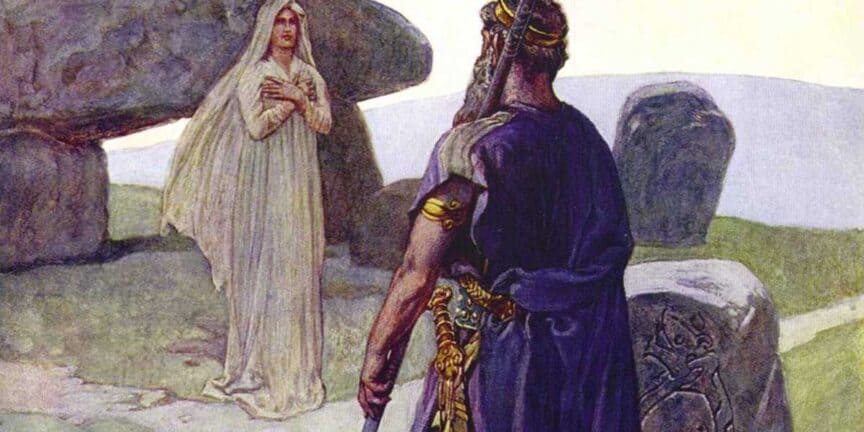
Viking spirituality is similar to several shamanic traditions found across the world, such as Sami shamanism. Seiðr (Seidr) was sacred wisdom and secret knowledge practiced and performed by a female shaman, spiritual leader, seer and healer, known as a Völva (Vǫlva). It was also practiced by male seers and shamans known as Seiðmenn (seið-men). However, there weren’t many male shamans as it was considered unmanly.
The Völva and Seiðmenn had detailed knowledge of magic, witchcraft, shamanism, spirits, energies, nature and healing herbs. They also understood the spiritual essence found in nature – animals, winds, water, mountains, trees etc. They were also able to communicate with the spiritual realms.
Related: Sigil Magic: Vegvisir, the Icelandic compass to find your way
Norse mythology
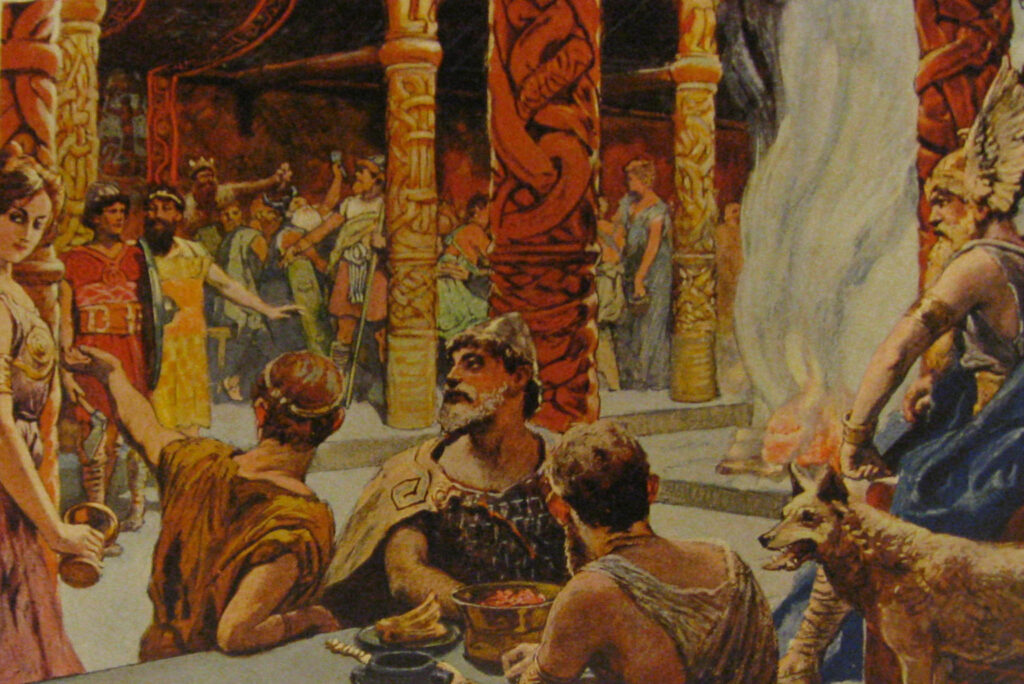
Wisdom of the ancient Vikings and their ancestors can not only be found in the Poetic Edda, but also in Norse mythology. Nordic myths not only talk about Norse Gods but also about the creation, destruction & eventual restoration of our world. These myths originated from Old Norse religion, which was primarily known as Norse paganism, and persisted even after Christianization of the culture.
Scandinavian mythology or Germanic mythology includes several legends of Norse gods and goddesses, deities, heroes, monsters and beings that belong to both the Paganism and Christianity periods.
According to Norse mythology, there were only two realms in the beginning –
- The realm of fire known as Muspelheim (Múspellsheimr)
- The realm of ice known as Niflheim (Niflheimr)
A primordial void known as Ginnungagap lied between the two realms. Steam was formed by the fire and ice of the two realms, which was gathered in Ginnungagap. This resulted in the creation of Ymir, the first Jotun (Jötunn), along with the first cow called Audhumla (Auðumbla).
An immensely large tree known as the Yggdrasil emerged in the void of Ginnungagap that connected 9 separate worlds in the universe, according to the ancient Nordic people. These nine worlds include –
- Asgard
- Álfheim/Ljósálfheimr
- Niðavellir (Nidavellir)/Svartálfaheimr
- Midgard (Earth)
- Jötunheimr (Jotunheim)/Útgarðr
- Vanaheim
- Niflheim
- Muspelheim
- Hel/Helheim
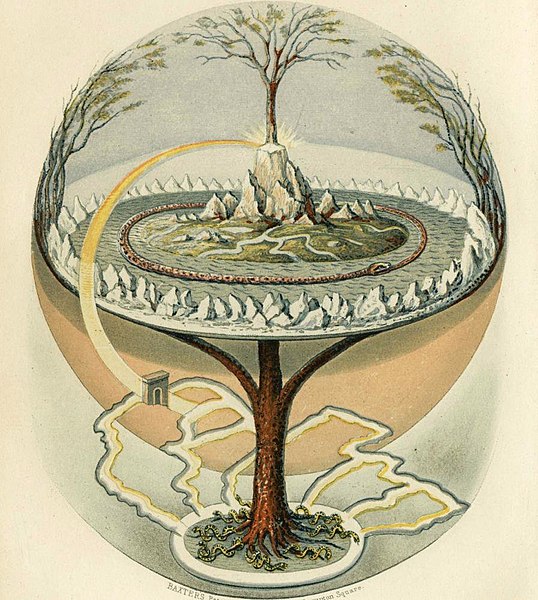
The Yggdrasil tree sprouts through the central point of the universe and is regarded as the source of wisdom. As per legends from Norse mythology, the Norse god Odin had hung himself from the tree Yggdrasil in the pursuit of divine and cosmic knowledge.
Related: Spiritual Meaning Of A Turtle: 6 Signs, Totems, And Other Symbolism
Norse Mythology Gods and Goddesses
Norse mythology is filled with stories of gods and deities and how Norse gods and goddesses interacted with humans, jötnar and other beings. Ask and Embla, a man and a woman, were the first humans created by the Norse gods.
The 9 worlds are believed to have been renewed after Ragnarok, when the gods fought evil and our world was burnt down to the ground. However, it was restored and blessed by the surviving gods. The two humans were then given birth by the gods who repopulated our world as the land becomes fertile, according to Norse mythology.
The Vikings believed that there were two separate tribes of Norse gods, namely the Æsir & the Vanir. The Æsir stayed in Asgard and are considered as the superior gods in Asgard, as per Norse mythology. Although not much information is available about the Vanir, Vikings believed that they stayed in Vanaheim. Most well known Æsir gods include Odin, Thor, Heimdall and Loki, most of whom have been made even more popular by the MCU movies.
Most prominent Vanir gods are Njörðr (Njord) and his children, Freyr & Freyja. According to myths, Freyr & Freyja came to Asgard to live as hostages to establish peace after a war between the Æsir and the Vanir
While Odin, Thor & Freya were the main Norse gods worshiped by the Vikings and other Nordic people, Norse mythology includes several other powerful deities. Here is a quick list of Norse gods that you should know about –
1. Odin
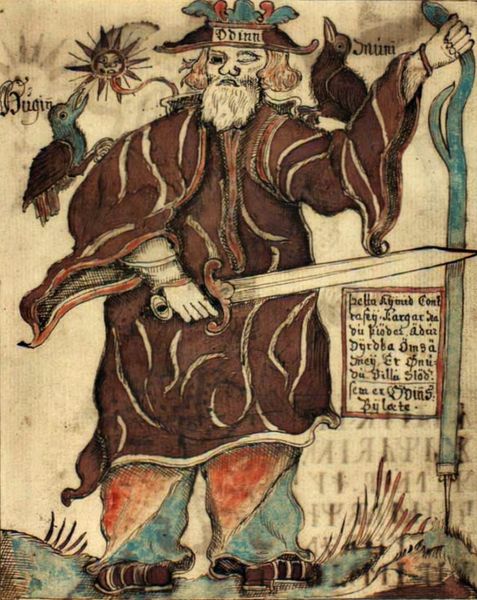
The Allfather is the Viking god of war and wisdom. The one-eyed god is often portrayed with his divine raven in Odin Norse mythology. The highly revered god is known for his pursuit of knowledge and for protecting humanity.
2. Thor
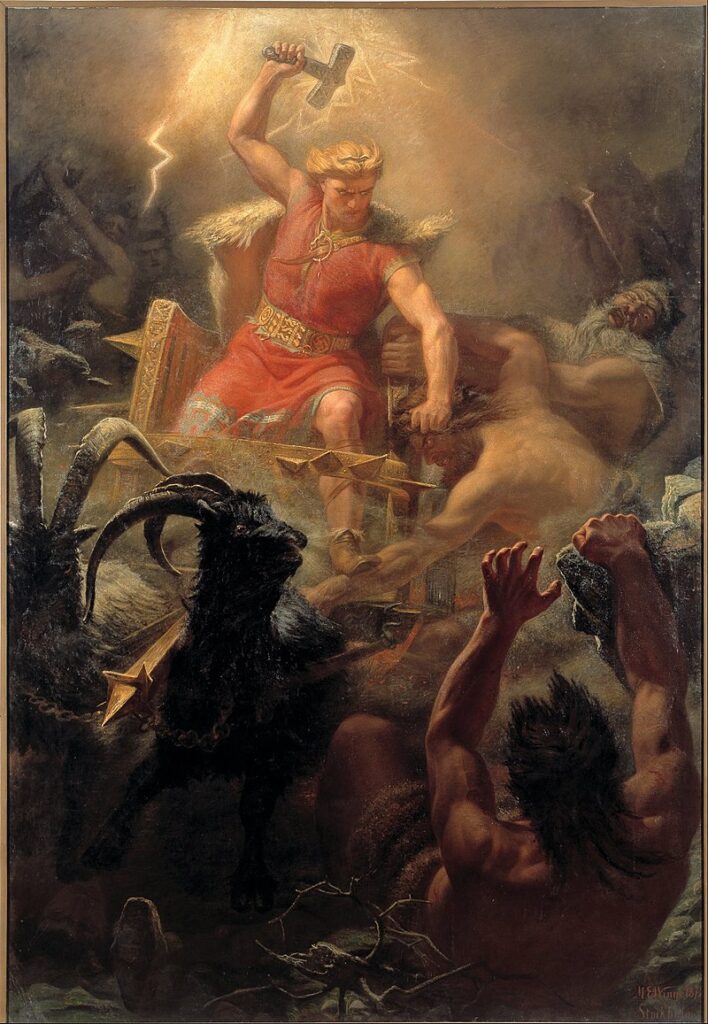
Þórr or Thor, the hammer-wielding, god of thunder has been made widely popular by the Marvel Comics character of the same name portrayed by Chris Hemsworth. However, in Germanic paganism, Thor is a prominent hammer-wielding god who protects humanity and is related to strength, thunder, lightning, trees & fertility. He is known for defeating several monsters and giants in Norse mythology.
3. Loki
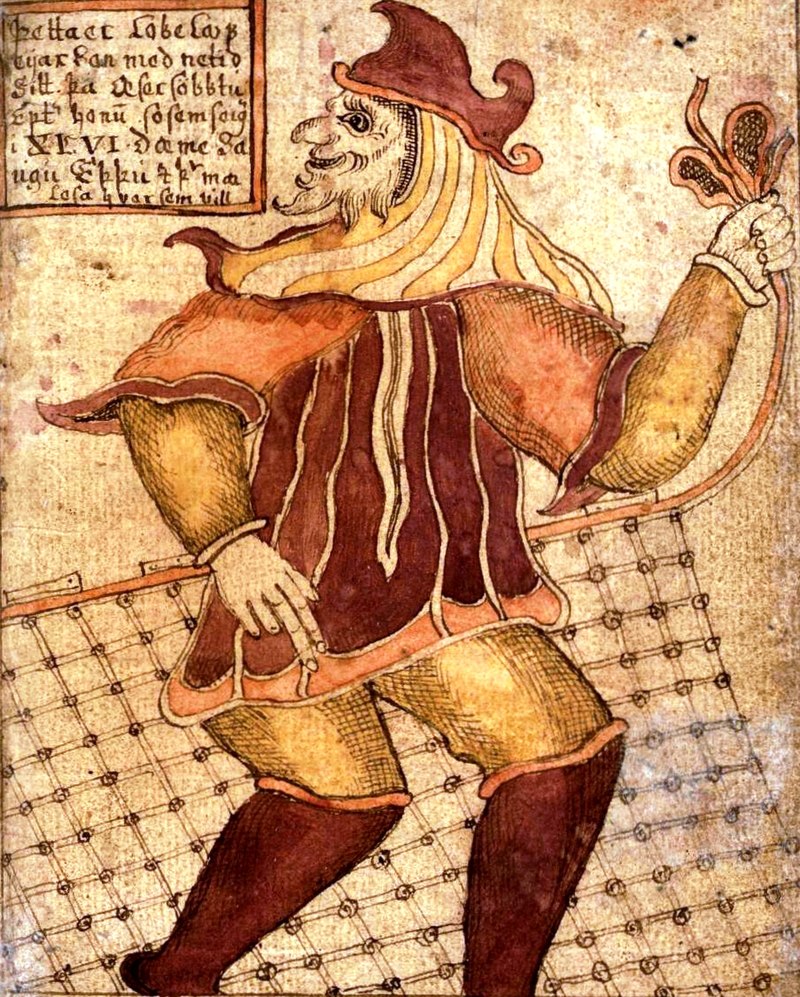
Loki, the son of a jötunn, is a Norse god of mischief who is a cunning trickster and a shape shifter. While Loki is often portrayed as a companion to Thor and Odin, his relationship with gods varies. Sometimes he helps Norse gods and goddesses, while at other times he acts maliciously. He is partly a god and partly the devil, according to Loki Norse mythology.
Related: Ancient Wisdom Revealed: 5 Hidden Magical Knowledge That Can Transform Your Life
4. Freyja
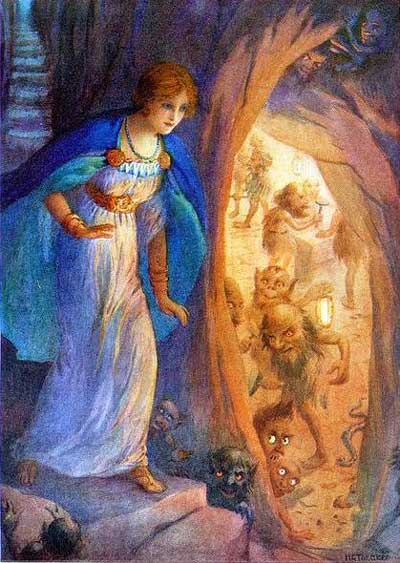
Also known as Freya or Frey, the beautiful goddess Freyja is the goddess of love, fertility and birth. Clad in a cloak of falcon feathers, she is an expert in seiðr and is in charge of battle and death. Vikings worshiped Freya goddess to be blessed for harvesting crops and for successful marriages and many healthy children. The goddess is believed to ride a boar named Hildisvíni, with golden bristles.
5. Njord
Also known as Njörðr, the powerful god of the sea and wind. He is a Vanir and the father of twin gods Freyr and Freyja in Norse mythology. He is married to the jötunn goddess of hunting and winter, Skaði (Skadi). Njord possesses the power to calm both fire and sea and blessed Vikings with land and wealth.
6. Heimdall
Known as Heimdallr in Old Norse, Heimdall is the god of surveillance, foreknowledge, foresight and order. This powerful and shining Norse god with a resounding horn is the watchman of the gods. He is a son of Odin and a half-brother of Thor. Heimdall dwells at the entry gate of Asgard and guards the rainbow bridge known as Bifrost.
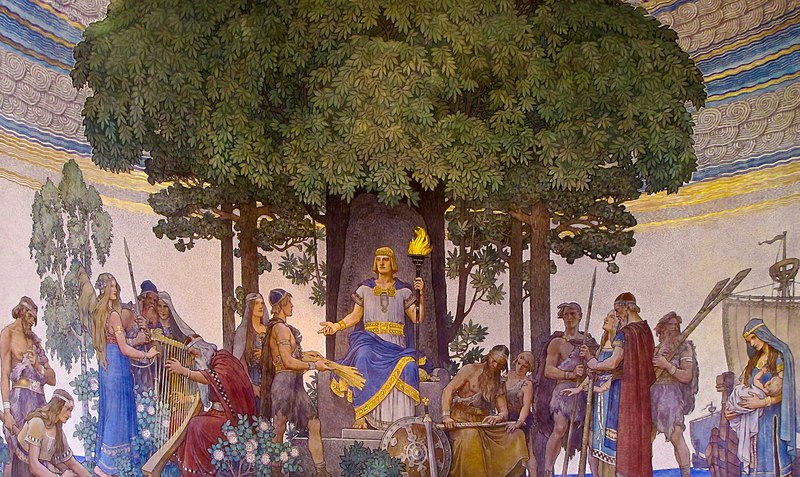
Apart from these prominent gods, there are many other highly venerated powerful god in Norse mythology, such as –
- Skaði
- Iðunn
- Frigg
- Týr
- Bragi
- Baldr
- Hel
- Sif
- Ēostre
- Vidar
- Dagur
- Vale
- Höðr
- Magni
- Sága
- Sjöfn
Related: 10 Spiritual Principles to Heal Your Life
Viking religion
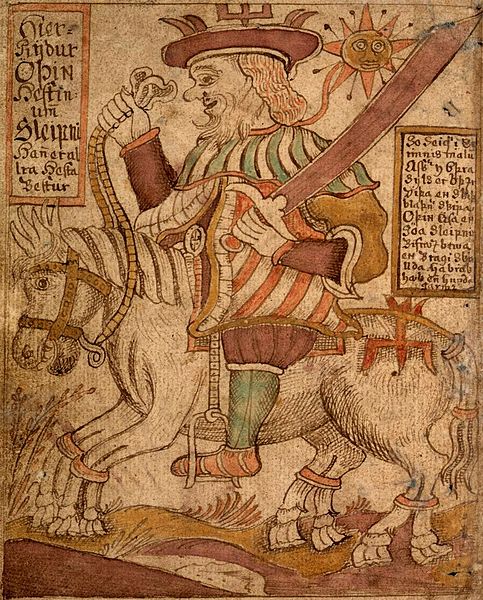
As per Norse mythology, Norse paganism or Old Norse religion was widely practiced in Scandinavia before the spread of Christianity. Although it was a form of pagan religion, not much is known about Old Norse paganism. However, it was based on oral tradition and rituals and was effectively followed in their daily life. It was practiced more as a lifestyle than religion.
The notion of an organized religion was introduced through Christianity to Scandinavia. Unfortunately, Norse paganism was slowly abandoned after the Christianity was introduced into the region. It is believed that the Vikings did not necessarily have an official name for their religion before Christianity arrived.
Although not much is known about Viking religion before Christianity, some historical data mention that Viking chieftains often played the role of priest and they may have sacrificed horses as a part of their rituals. But as such written sagas were created after Christianity was introduced, we may never know how true these claims really are.
Today, a number of people still practice Norse Paganism. Although it has been modified, the original beliefs and worldview are kept intact. The modern iteration of the Old Norse religion is known as Asatru religion (Asatro), Odinism, Heathenism or Germanic Neopaganism. However, this modern Norse religion is not an exact continuation of the religion or beliefs of the Vikings. It is simply an interpretation and a reintroduction of the original religion.
Related: Soul Ties: What Makes Love True, According To Buddhism
Valhalla: The Viking heaven
Norse paganism also referred to a place called Valhalla (Valhǫll) which is generally seen as a warrior heaven for Vikings. Translated as Hall of the slain, it is seen as the final resting place for all Vikings that died honorably in the battlefield.
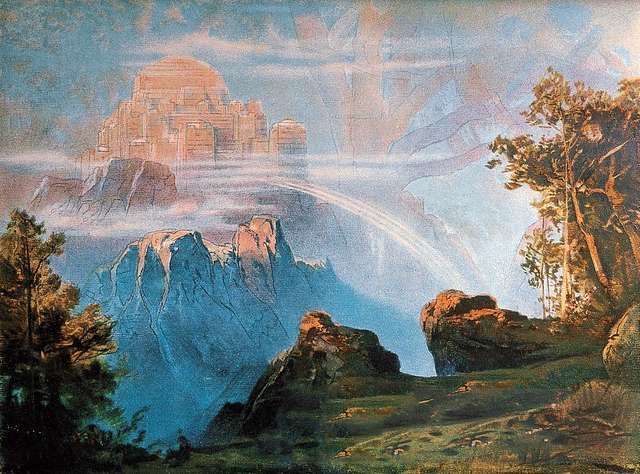
According to Norse Mythology, Vikings aspired to reach this spiritual realm after their death. This sacred place in Norse afterlife is described as a grand hall in Asgard, looked over by Odin himself. Legends mention that heathen gods live in Valhalla – the Viking paradise.
However, not all Vikings can enter Valhalla regardless how noble or good they were in life. Only those vikings who died in the battlefield were eligible to enter the sacred realm of the afterlife.
Norse mythology: A deep and complex belief system
Norse Mythology involves several valuable spiritual and philosophical beliefs with several gods, deities, monsters and giants. The myths, legends and sagas allowed the Vikings to live a life of honor, valor and happiness. The warrior based culture depicted through Viking spirituality and mythology helps us understand ancient Scandinavia better and adopt their best beliefs to improve our own lives.
Related: Samsara, Karma And Moksha: 8 Divine Hindu Teachings About Life
Frequently Asked Questions (FAQs):
Did Vikings believe in god?
The Vikings were highly spiritual and superstitious individuals. They believed in a number of Norse Gods and Goddesses like Odin, Thor, and Freya.
Which god do Vikings worship?
Vikings worshiped a number of different gods. The most highly revered gods were Odin – The Allfather and the God of Wisdom and War; Thor – the God of Thunder; and Freyja – the Goddesses of Fertility.
Are Vikings Pagan?
Yes, Vikings were originally pagans. Vikings practiced Norse paganism or Old Norse religion, a form of paganism, before Christianity was introduced in Scandinavia.
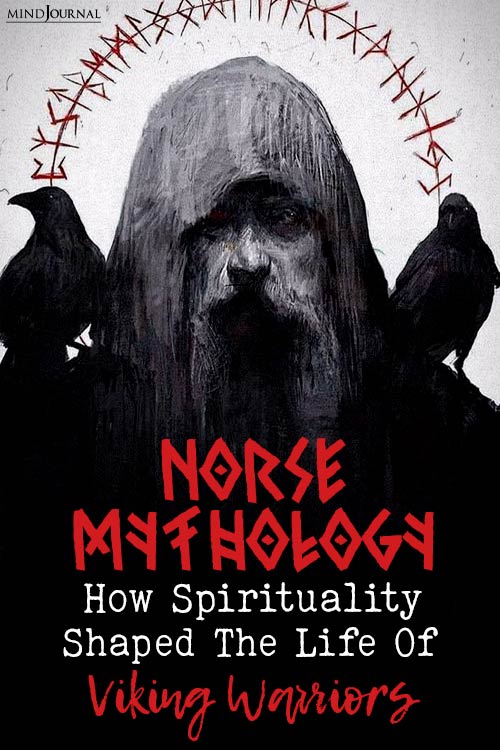
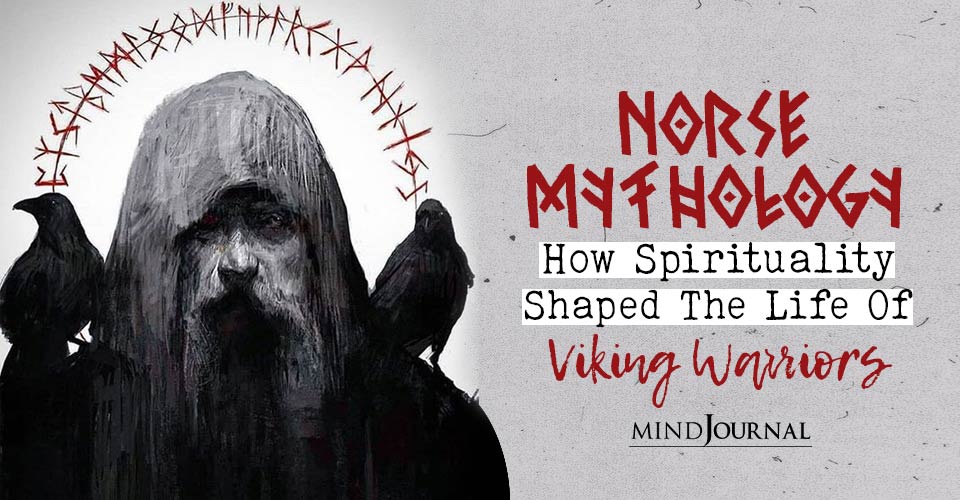
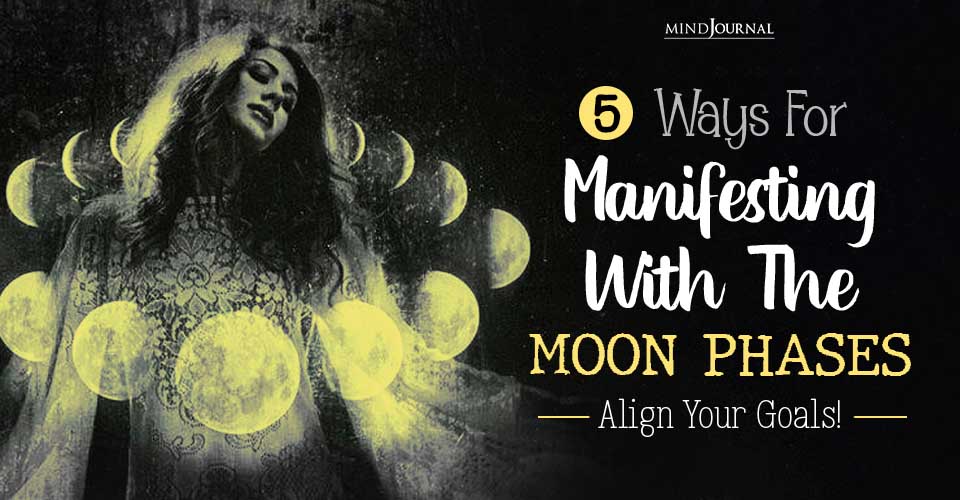
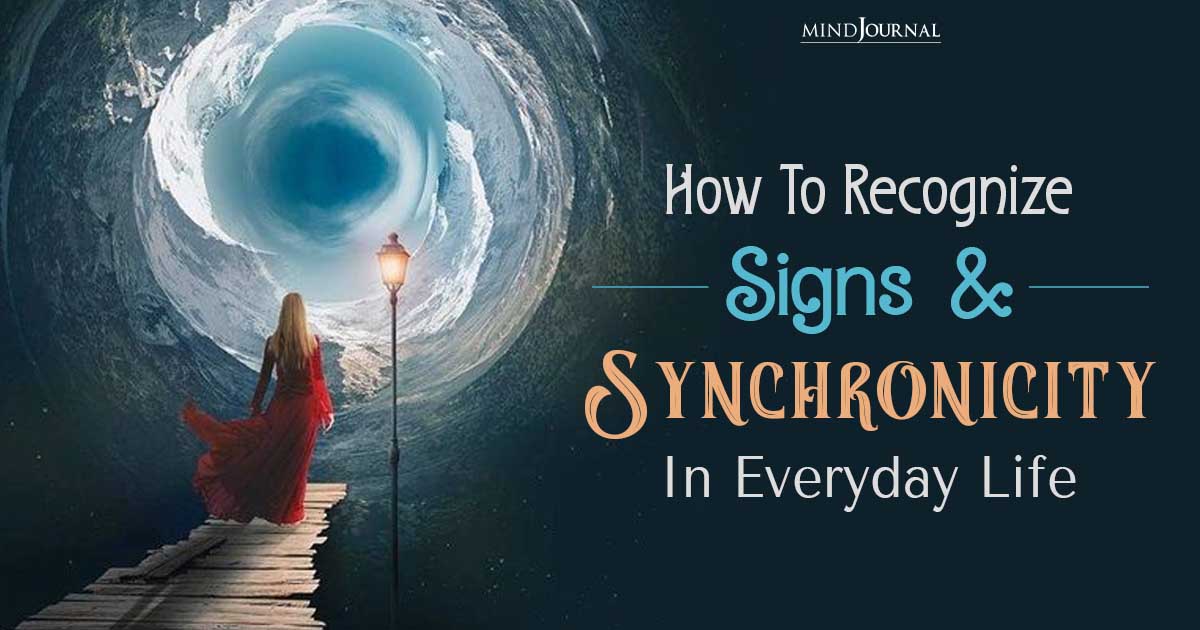
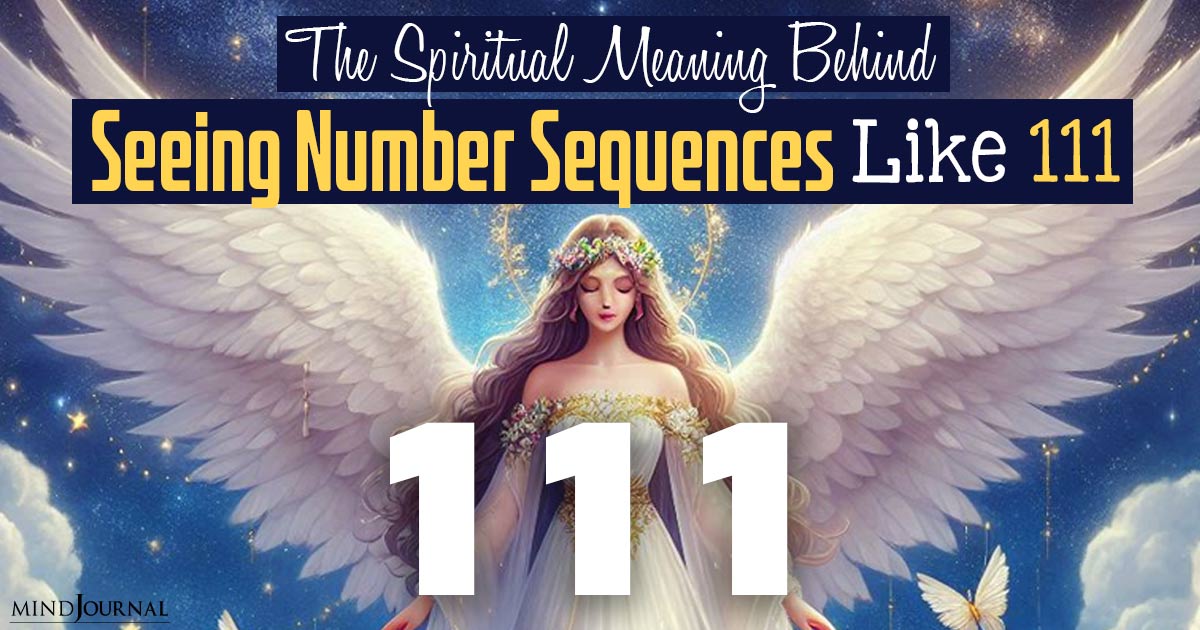
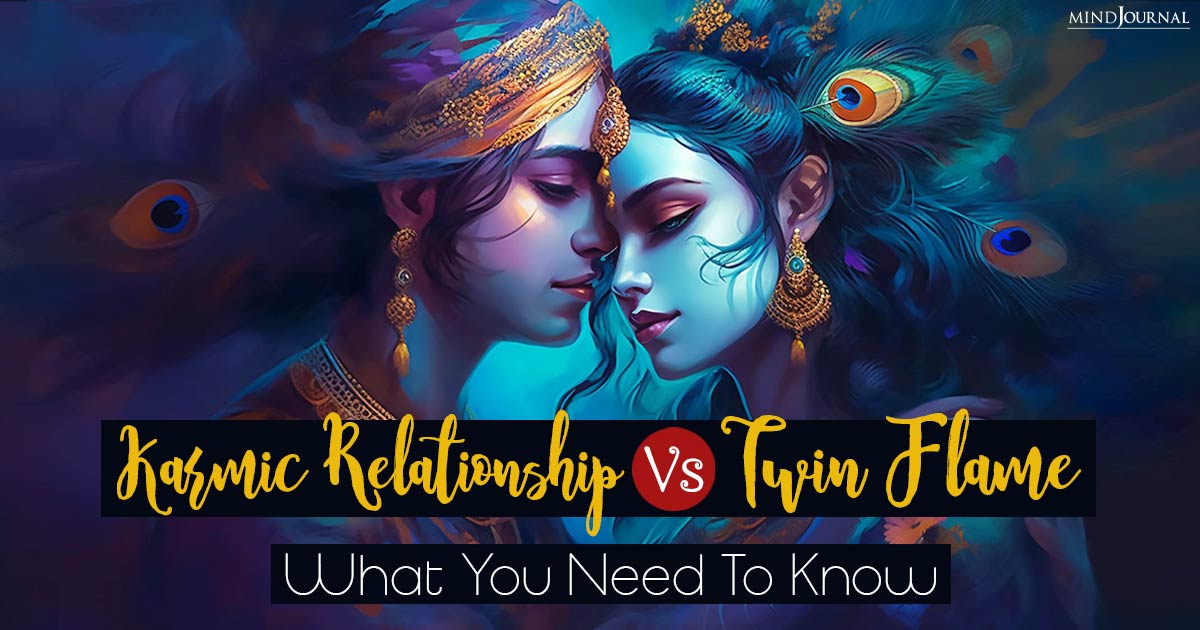
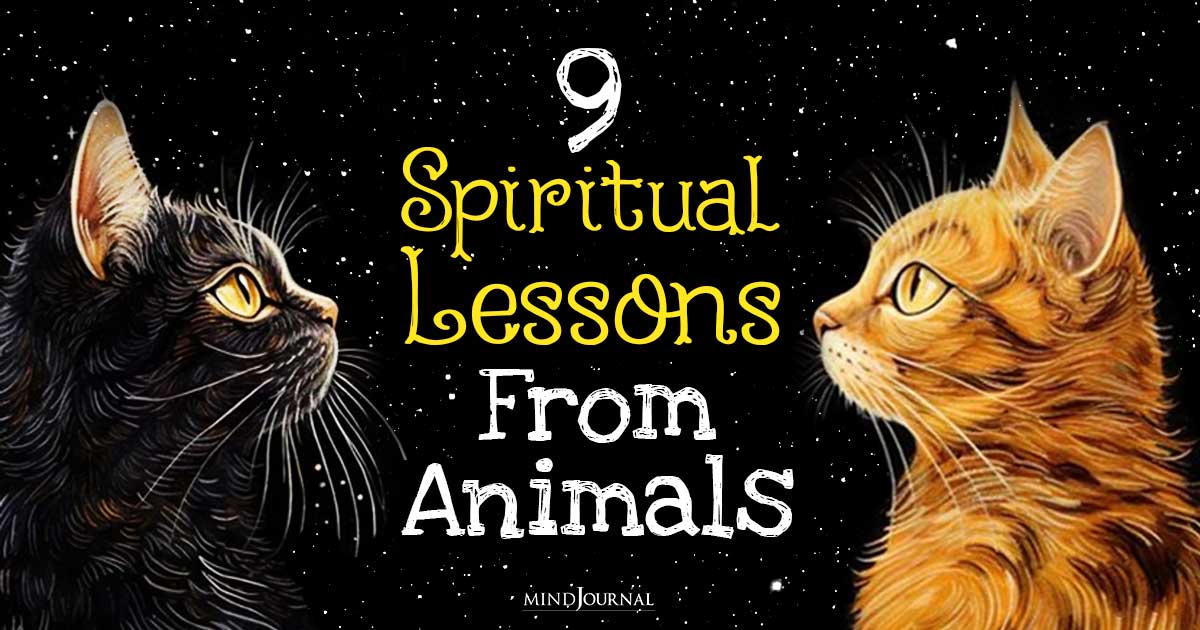
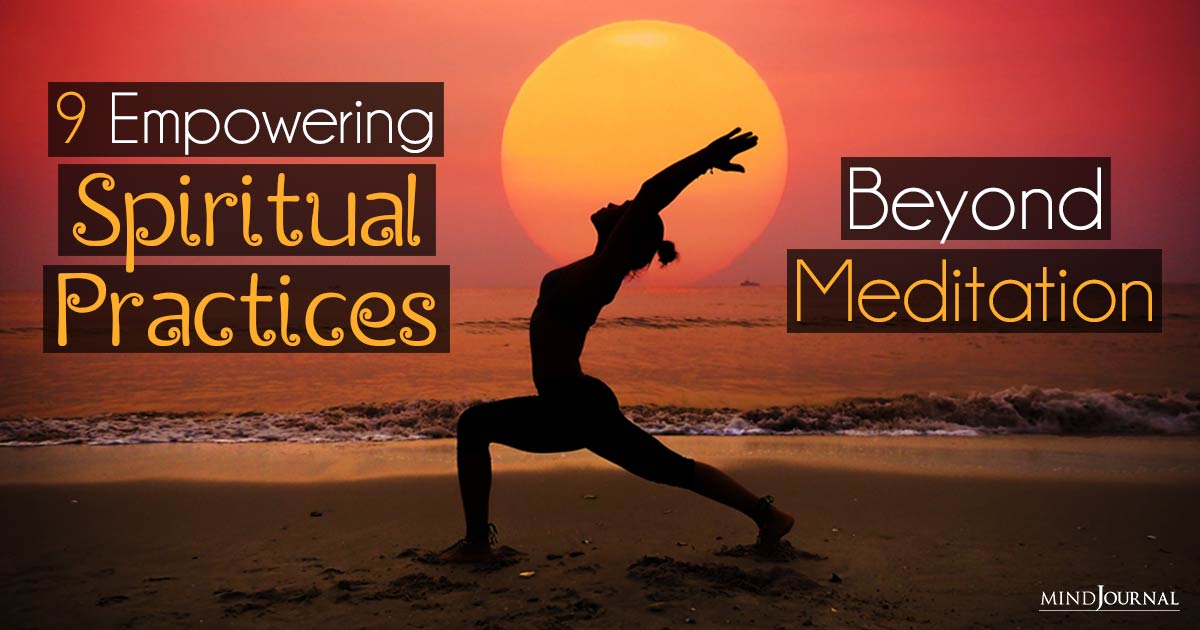
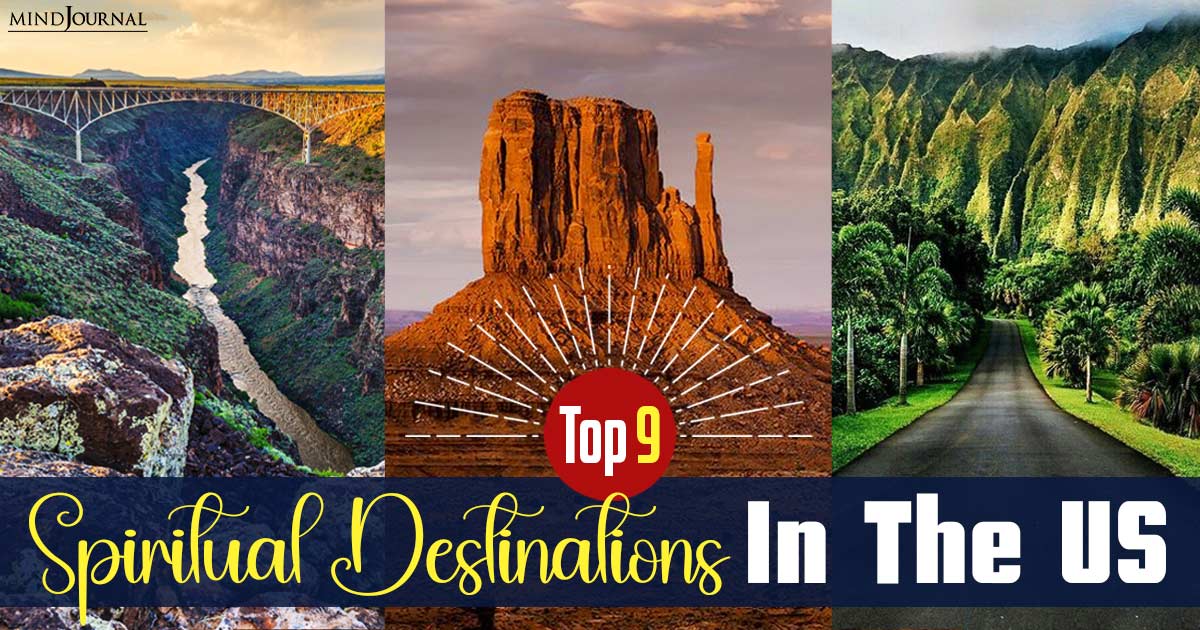
Leave a Reply
You must be logged in to post a comment.